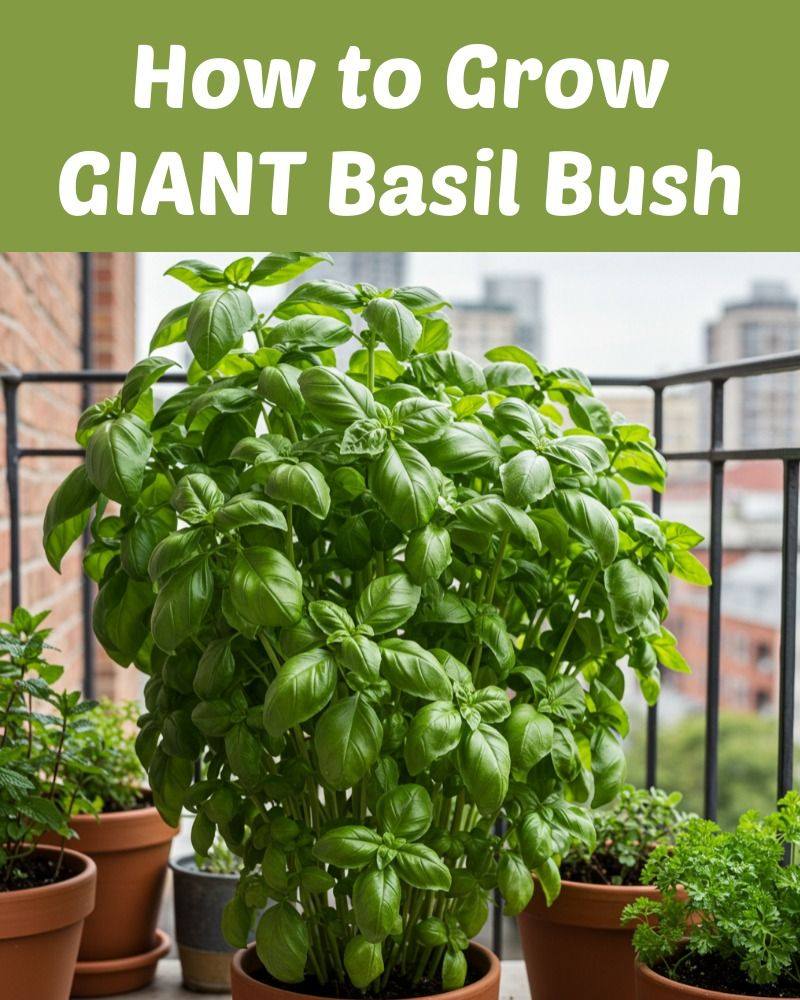ADVERTISEMENT
3. **Maintaining Shape**:
– If you’re growing basil in a container or a small space, you may want to prune it into a compact shape to prevent it from spreading too far. If space isn’t a concern, allow the plant to spread out and grow naturally.
### **Dealing with Pests and Diseases**
Basil, like all plants, can be susceptible to pests and diseases. Here are some common problems to watch for and how to manage them:
1. **Aphids**: These small, green pests can quickly infest basil plants, sucking out the plant’s juices. To combat aphids, spray the plant with a mixture of water and mild dish soap or use insecticidal soap.
2. **Whiteflies**: These pests can cause yellowing and stunted growth. Use yellow sticky traps or neem oil to control them.
3. **Downy Mildew**: This fungal disease can cause yellow spots on basil leaves. Avoid overhead watering, and ensure good air circulation around the plant to prevent the spread of mildew.
4. **Slugs and Snails**: These pests can eat the leaves of your basil plant. Use organic slug repellents or place copper tape around the base of the plant to deter them.
### **Harvesting and Using Your Basil**
One of the main reasons for growing a giant basil bush is the abundance of fresh basil leaves you can harvest. Here’s how to make the most of your basil harvest:
1. **Harvesting**:
– You can start harvesting basil once the plant has reached at least 6-8 inches tall. Always use scissors or pruning shears to snip off the leaves, taking care not to damage the main stem.
– Never remove more than one-third of the plant at a time to avoid stressing the basil. Regular harvesting encourages the plant to continue producing new leaves.
2. **Using Basil**:
– Fresh basil can be used in a wide range of dishes, from pastas and pizzas to salads and smoothies.
– To preserve basil for later use, you can dry or freeze the leaves. To dry basil, tie sprigs together and hang them upside down in a warm, dry place. To freeze, chop the basil and store it in an airtight container or ice cube tray with a bit of olive oil.
### **Conclusion**
Growing a giant basil bush is a rewarding and relatively simple process that will provide you with an abundant supply of fresh basil for culinary use, as well as a beautiful and fragrant addition to your garden. By selecting the right basil variety, providing proper care, and utilizing pruning and harvesting techniques, you can grow a lush, healthy basil plant that yields large quantities of flavorful leaves all season long. Whether you’re a beginner gardener or a seasoned pro, following these tips will help you create your very own giant basil bush that will thrive in your garden or on your patio. Happy gardening!
